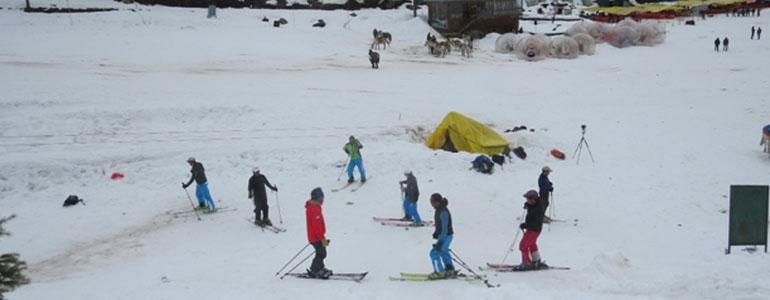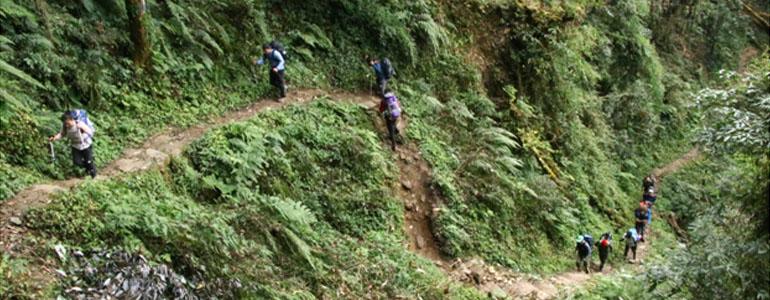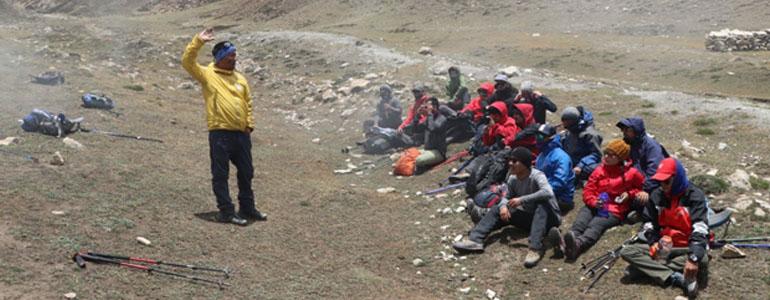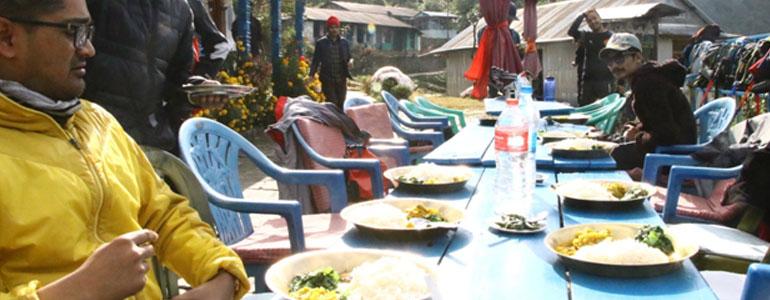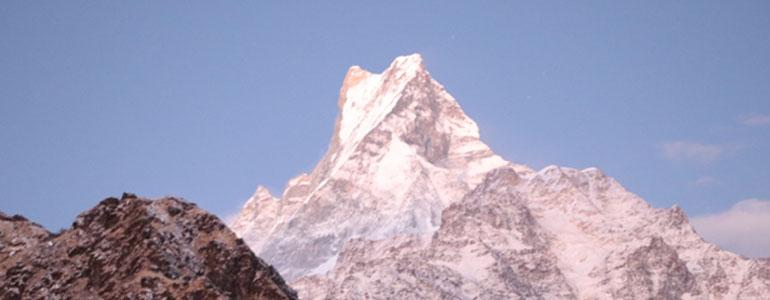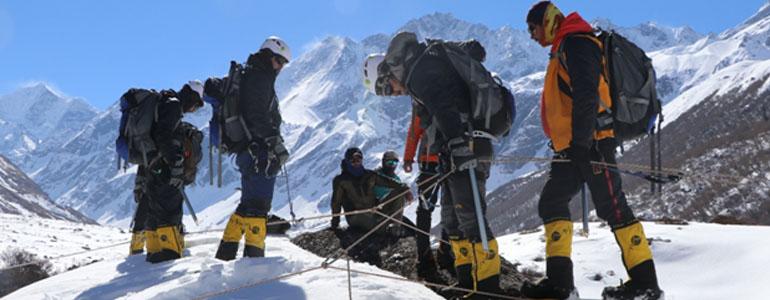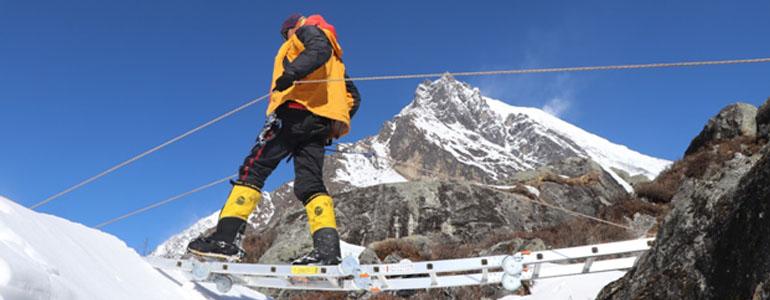Generally speaking, Ski industry comprises of ski resorts, food and beverages, ski schools, ski equipment, ski rental and ski merchandise. Ski activities include operating skiing facilities, operating cross-country skiing, operating downhill skiing facilities, operating four-season ski, ski lift and tow operation and operating the ski resorts.
The ski and snowboard industry has experienced remarkable growth in the last fifty years. It is estimated that today there are some 120 million skiers and snowboarders worldwide, with around 2,000 ski resorts in 80 countries catering to this important market. Among these, roughly 70 countries, offer open-air ski areas and the rest having only indoor facilities. Besides the major ski destinations in terms of skier visits, there are a number of other, smaller destinations, where skiing has been an industry for a long time or is currently developing. The most obvious new destinations are Eastern Europe and China, but there are a number of other small players, spread out across the globe: Algeria, Cyprus, Greece, India, Iran, Israel, Lebanon, Lesotho, Morocco, New Zealand, Pakistan, South Africa, Turkey and many more.
While established destinations in North America, Western Europe, Japan, New Zealand and Australia are experiencing maturity; new resorts in Asia and Eastern Europe are competing for budding generations of skiers from countries such as China and Russia. Along with these demographic shifts, technology is also having a huge impact on skiing products and services, and how they have experienced skiing.
This industry is composed of establishments engaged in operating downhill, cross-country or similar skiing areas, or operating equipment, such as ski lifts and tows. These establishments often provide food and beverage services, equipment rental services and ski instruction services. Four season resorts without accommodations are also included in this industry, but companies that own and do not operate ski resorts are excluded from the industry.
According to UNWTO Skiing and snowboarding are popular winter pastimes in many parts of the world and in countries such as Norway, Austria, and Switzerland, up to 25% of the population are active skiers. 44% of skiers visit the Alps, and Eastern Europe is building resorts at an unprecedented pace. The sports are spreading to other parts of the world and there is even a resort in Lesotho, known as Afro-Ski. In Europe, skiers tend to cross borders, whereas, in North America, skiers tend to stay close to home. The ski market is a perfect example of “adventure by day, luxury by night”, offerings, with upscale accommodation and restaurants available at numerous ski resorts. Ski holidays span the adventure spectrum, from heli-skiing in the remote parts the Himalayas to package holidays sold by travel agents across Europe and North America. Skiing can be considered a mature activity because entire resorts cater to the sports practice around the world, and it is available to most adventure travellers.
The industry currently offers about 6 million commercial beds in the mountains. These are primarily concentrated in the industrialized ski markets, which have a high volume of skier visits. More than one third (36%) of all ski resorts are located in the Alpine countries i.e. Austria, France, Italy and Switzerland. In Eastern Europe & Central Asia there are 12%, Western Europe 12%, America 22% and Asia & Pacific 18% of the ski resorts. However, there are only 47 ski resorts that receive more than a million visitors annually and more than 80% of them are located in the Alps. La Plagne is a French ski area in the alpine valley of the Tarentaise (Savoie), which receives the largest number of visitors, more than 2.5 million, every year. Similarly, in terms of ski lift distribution, out of the 26,934 numbers of lifts worldwide, 40% are located in the Alpine countries, 15% in Eastern Europe & Central Asia, 16% in Western Europe, 15% in America and 14% in the and Asia & Pacific.
Although often important at a regional level, the altitude of a ski resort is not really an important benchmark worldwide, since at some places around the globe one can ski at sea level, whereas in other 61 countries, one needs to be at the higher elevations to access decent snow conditions. In the case of Nepal, the snowline starts from 4500 meters and climbing above this height itself becomes a major hurdle for ski lovers.
In terms of major ski destinations and skier visits, clearly the Alps are the biggest ski destinations in the world, capturing 45% of skier visits. The second biggest destination is America (mostly North America), accounting for 21% of skier visits worldwide. Similarly, Eastern Europe & Central Asia accounts for 9%, Asia &Pacific 14% and Western Europe accounts for 11% of the total skiers. Asia & Pacific used to have the same market share as America. However, the continuous decline of the industry in Japan has still not been replaced by the growing ski markets in South Korea and China. In the long term, countries such as India and Pakistan may join them and contribute to increasing the weight of Asia in the international spread of skier visits.
The total number of skiers’ figure is currently estimated to be at 115 million and seems to be growing over the long term. Although some countries have no ski areas (in some instances only ski domes), they have skiers who ski abroad. For example, this is the case with the Netherlands, which accounts for more than one million outbound skiers.
In terms of major ski destinations and skier visits, clearly the Alps are the biggest ski destinations in the world, capturing 45% of skier visits. The second biggest destination is America (mostly North America), accounting for 21% of skier visits worldwide. Similarly, Eastern Europe & Central Asia accounts for 9%, Asia &Pacific 14% and Western Europe accounts for 11% of the total skiers. Asia & Pacific used to have the same market share as America. However, the continuous decline of the industry in Japan has still not been replaced by the growing ski markets in South Korea and China. In the long term, countries such as India and Pakistan may join them and contribute to increasing the weight of Asia in the international spread of skier visits.
The Alps is the most internationally visited ski destination, attracting most of the inbound skier. Even though it hosts 45% of skier visits, it only produces 17% of the skiers. No other region has such a high proportion of foreign visitors. Typically for America, its share of worldwide skier visits roughly matches its share of skiers with 19%. The other skier generating regions are Asia & Pacific 20% Western Europe 27% and other various regions 1%. It is also observed that the international flow of skiers is primarily concentrated within Europe and the number of skiers using long haul flights to go skiing is rather limited.
For instance, overseas skiers represented only 3.8% of total skier visits to U.S. ski resorts in 2012/13 (including Latin American visitors). This alludes that Nepal should concentrate more on the regional markets of China and India rather than focusing on the long haul European and American markets. It is also noteworthy that Ski is mostly based on the domestic markets and the national customer base is very strong in most of the big players. Often, foreign visitors concentrate on a few top international resorts.
There are only 2 big outbound markets, Germany and the United Kingdom, providing skiers to a few inbound markets. Most of the outbound countries have no or few ski areas but however a ski culture. This is an important issue, as countries with now ski culture are not likely to be a major supplier of international skiers, even if they have huge populations. The major international skiers’ flows concentrate on a very limited number of destinations.


